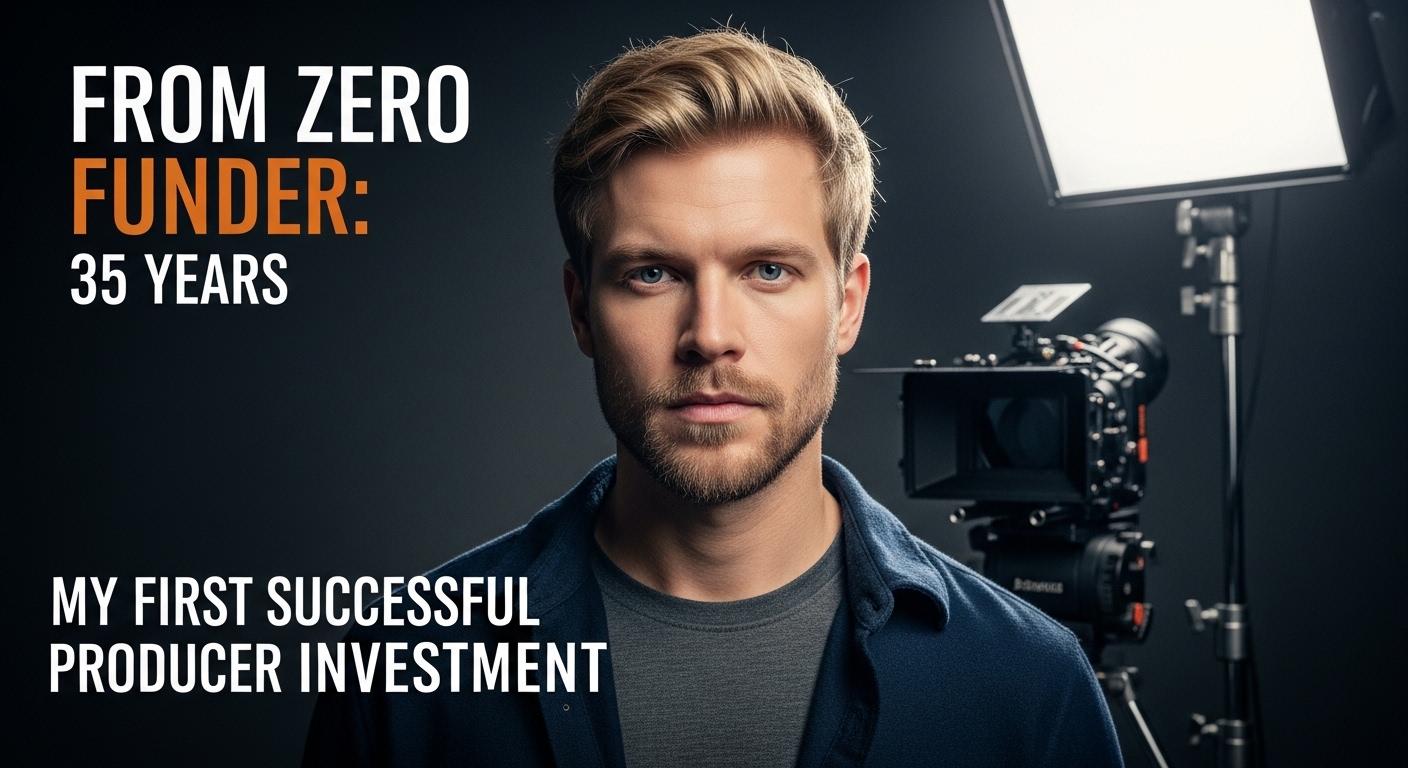Film production follows a structured process that transforms an idea into a finished movie. While different sources outline five to seven stages, the core steps remain consistent:
✔ Development – Concept creation, screenplay writing, and securing rights.
✔ Financing – Raising funds through studios, investors, or crowdfunding.
✔ Pre-Production – Casting, crew hiring, location scouting, and shot planning.
✔ Production – Filming, directing actors, and capturing footage.
✔ Post-Production – Editing, sound mixing, VFX, and finalizing the film.
✔ Marketing – Promotional campaigns, trailers, and festival screenings.
✔ Distribution – Releasing the film in theaters, streaming, or physical formats.
Mastering these stages is essential for any filmmaker, whether working on an independent film or a Hollywood blockbuster.
The Key Stages of Film Production.
1. Development: The Birth of an Idea.
- Every film starts with an idea, whether adapted from a book, real event, or original concept.
- Screenplay creation – Writers refine multiple drafts until a final script is approved.
- Producers assemble a film package, including the script, director, and lead actors, to attract investors.
- Films must get greenlit (approved for funding) before moving forward.
2. Financing: Securing the Necessary Budget.
- Major studios rely on pre-sales, slate financing, and bank loans.
- Independent filmmakers seek funding through crowdfunding, grants, private investors, or personal savings.
- Film festivals and industry events serve as networking hubs for securing financial backing.
3. Pre-Production: Planning Every Detail.
This phase ensures that everything is in place before the cameras start rolling.
Key Activities:
✔ Casting – Selecting the right actors for each role.
✔ Crew Hiring – Bringing on cinematographers, designers, and other specialists.
✔ Location Scouting – Choosing where to shoot.
✔ Set & Costume Design – Creating the visual aesthetic.
✔ Budgeting & Scheduling – Allocating resources and planning shooting days.
✔ Rehearsals – Preparing actors and testing technical setups.
4. Production: Bringing the Script to Life.
- This is the filming phase, where actors perform and the director ensures the vision is realized.
- A tightly packed shooting schedule helps control costs and optimize efficiency.
On-Set Operations:
✔ Lighting & Camera Setup – Ensuring the best visuals.
✔ Blocking & Rehearsals – Planning actor movements.
✔ Multiple Takes – Capturing different versions for editing.
✔ Solving On-Set Challenges – Adjusting for weather, technical issues, or last-minute changes.
5. Post-Production: The Final Polish.
Once filming wraps, the raw footage is transformed into a seamless final product.
Key Processes:
✔ Editing – Assembling and refining scenes.
✔ Sound Mixing – Adjusting dialogue, music, and effects.
✔ VFX & CGI – Enhancing visuals if needed.
✔ Color Grading – Adjusting color tones for consistency.
✔ Final Review – Directors and producers approve the locked version.
6. Marketing: Generating Buzz for the Release.
- Film marketing strategies include trailers, posters, social media campaigns, and press events.
- Major studios have dedicated marketing teams, while indie films often rely on film festivals and word-of-mouth.
7. Distribution: Releasing the Film to Audiences.
- Theatrical release – Domestic and international cinema screenings.
- Streaming platforms – Netflix, Amazon Prime, Hulu, etc.
- Video-on-Demand (VOD) – Digital rentals and purchases.
- Physical formats – Blu-ray, DVD, and special editions.
Final Thoughts: Mastering the Filmmaking Journey.
Film production is a collaborative and structured process. Whether working on an indie film or a big-budget blockbuster, understanding each stage ensures a smooth workflow and successful final product.
With the right planning, execution, and creative vision, filmmakers can bring their stories to life and share them with the world. 🎬

I am a highly experienced film and media person who has a great deal to offer to like-minded individuals. Currently working on several exciting projects, I am a film and media practitioner for over a decade. I have achieved a great deal of success in my professional career.




